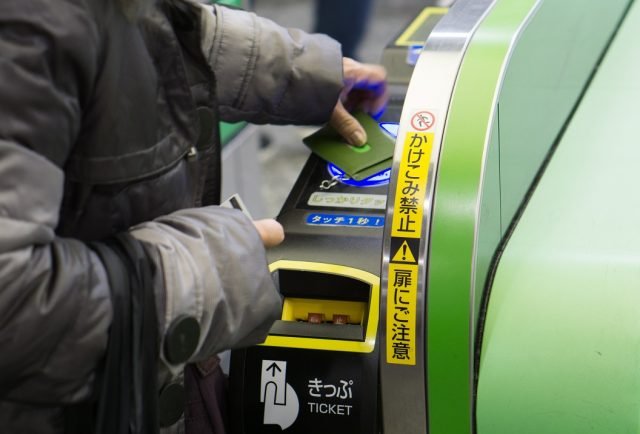Last week, Felica Marketing announced that it has developed and successfully tested a near-instant, “tap-to-pay” method for using cryptocurrencies with their contactless technology. Their tests focused on the technology’s usability, safety, and prevention of double spending.
Sony’s Felica technology is behind many of the most popular contactless NFC smart cards. Already the de facto standard in Japan for commuter travel payments, Felica is being used at the point of sale, railway and air ticketing, as well as for University ID cards – to name a few. It was recently announced that bitcoin has been successfully integrated with Felica technology. Plans have been announced for each contactless smart card to include a bitcoin wallet that holds a private key on the card.

Japanese electronics and entertainment megacorp Sony Corporation originally developed Felica contactless RFID-based smart card technology. In 2007, a company called Felica Pocket Marketing Inc. was founded to sell, promote and distribute Felica contactless cards as well as leasing card terminals to member companies.
Built into smart cards, smartphones, and other devices, Felica technology is behind many of Asia’s mass transit systems and can be used as e-money, e-ID, e-tickets, and membership cards. For example, the technology is in use by both of Japan’s largest airlines, All Nippon Airways (ANA) for its Skip Service, and competitor Japan Airlines (JAL) for its Touch and Go service. It is also used in ID cards at more than 365 universities in the United States.
The company plans to add bitcoin hardware wallet functionality to each Felica card by adding a second memory storage chip to it.
The existing memory chip is a “non-private memory region” that will continue to hold addresses and other information meant to be shared. Meanwhile, the new “private memory region”, called the Felica Pocket Region, was created to store the private key of a bitcoin wallet. It also makes signing each transaction more secure by isolating the private key and signature logic in tamper-resistant area.
The wallet’s private key is accessed with a tap of the card onto a reader to sign each Bitcoin transaction, according to the company. In effect, future Felica-enabled cards and devices could be used as convenient hardware wallets like the Ledger, Trezor, and Keepkey.

Felica Marketing reported that the test proved that cryptocurrency payments work well with their tap-to-pay feature, while preventing double spending. Security considerations are the company’s top priority to be improved upon, specifically how to best secure the private keys, the company conveyed.
Without giving a specific date, the company announced their plans to launch multiple hardware wallets with their partner companies. They also plan to offer support services for retailers accepting bitcoin payments using Felica.
Hi! I am a robot. I just upvoted you! I found similar content that readers might be interested in:
http://www.bitcoinisle.com/2017/06/20/most-popular-contactless-smart-cards-in-japan-adding-bitcoin-hardware-wallets/